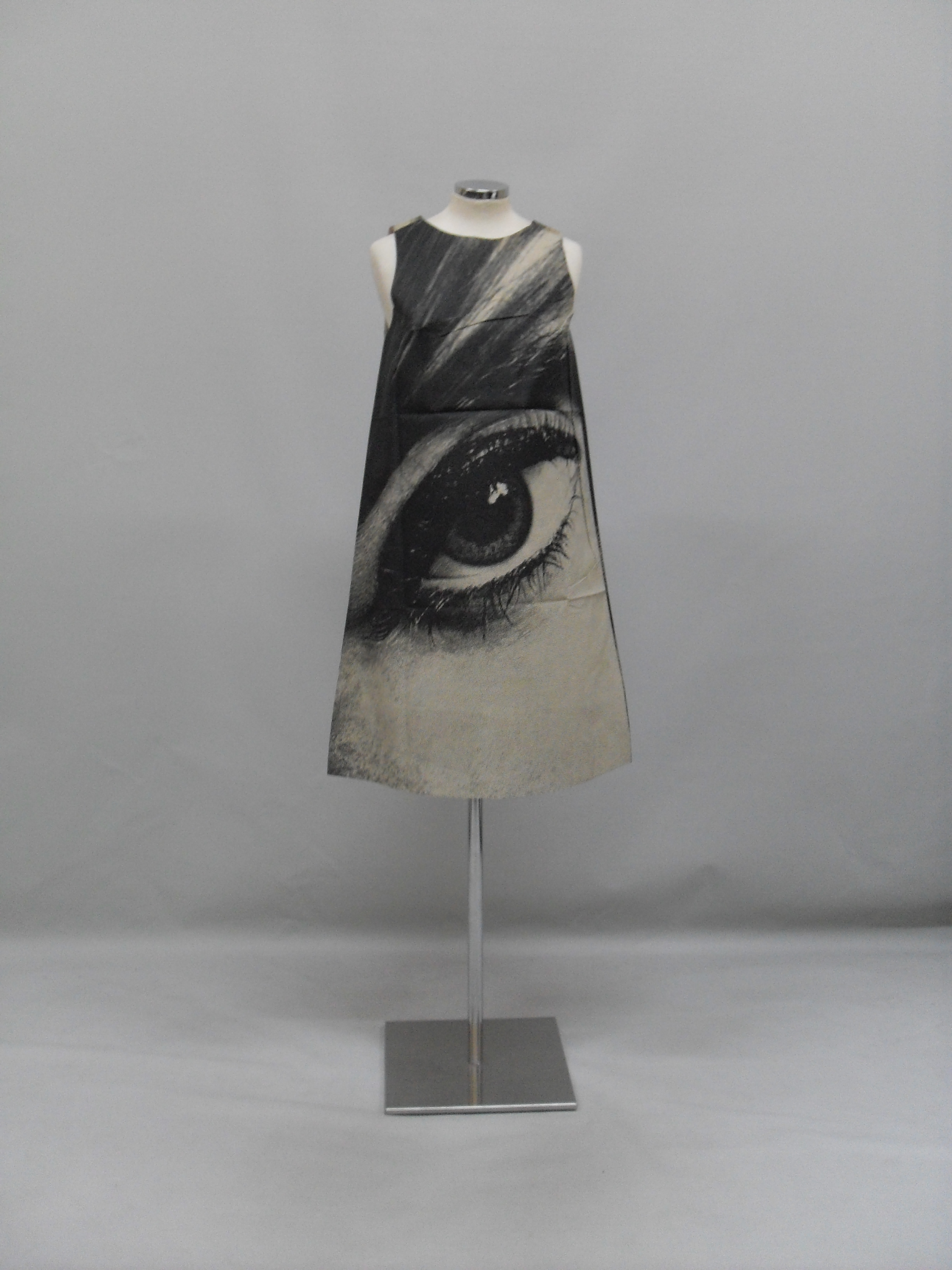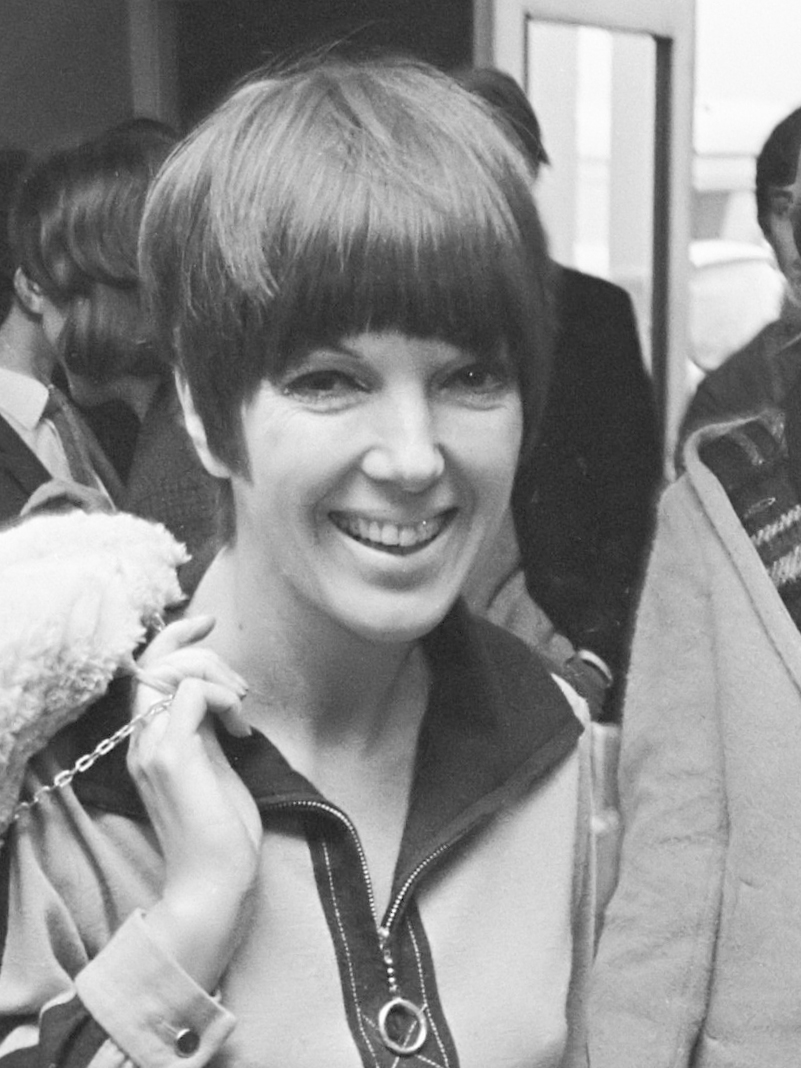7.3.1
Designers
Textile Designers
Textile Designers
Famous designers can help influence your designs and provide you with inspiration for your ideas. You need to analyse, research and investigate at least two past or present designers.


Alexander McQueen
Alexander McQueen
- Was the chief designer for Givenchy who created his own fashion label.
- His designs use shock tactics and can be controversial.
- He has won British Designer of the Year four times.


Coco Chanel
Coco Chanel
- A french designer who founded the very popular brand Chanel.
- Products include high quality clothing, jewellery and fragrances.
- First founded in 1910 and became very popular after World War One.


Vivienne Westwood
Vivienne Westwood
- A British designer who influenced the punk era of the 1970s.
- Vivienne Westwood designs are statement pieces that stand out on the catwalk.
- A lot of her recent designs include the use of tartan or tweed.
Textile Designers
Textile Designers
Famous designers can help influence your designs and provide you with inspiration for your ideas. You need to analyse, research and investigate at least two past or present designers.


William Morris
William Morris
- William Morris is famous for block printed fabric and wallpaper designs.
- One of the most famous British designers especially for his role in the arts and crafts movement in the 1880s.
- A design movement is when a style influences society such as clothing styles or furniture styles (think how popular IKEA is now).


The arts and crafts movement
The arts and crafts movement
- The arts and crafts movement was seen as a return to simple, natural crafts that were not as industrial items were not mass produced.


Mary Quant
Mary Quant
- Helped influence the popular 1960s Mod fashion which was about dressing to please yourself.
- Famous for the mini skirt and her range of cosmetics.
- Her designs used geometric shapes and flower power to make her designs iconic.
- Iconic means it is easily recognised by anyone even after many years.
Graphic Designers
Graphic Designers
Famous designers can help influence your designs and provide you with inspiration for your ideas. You need to analyse, research and investigate at least two past or present designers.


Harry Beck
Harry Beck
- Designed the London Underground map in 1931.
- Harry Beck took the approach to simplify the complex map of twisting tracks.
- He was influenced by the way electrical circuits are drawn out (electronic schematics).
- This type of design has been used around the world for public transport maps.
1Core Technical Principles
1.1New & Emerging Technologies
1.2Energy Generation & Storage
1.3Developments in New Materials
1.4Systems Approach to Designing
1.5Mechanical Devices
1.6Materials Categories
2Paper & Board: Specialist Technical Principles
2.1Selection of Materials
2.2Paper & Board: Forces & Stresses
2.3Paper & Board: Ecological & Social Footprint
2.4Paper & Board: Sources & Origins
2.5Paper & Board: Using Materials
2.6Paper & Board: Stock Forms, Types & Sizes
2.7Paper & Board: Scales of Production
2.8Paper & Board: Specialist Techniques & Processes
2.9Paper & Board: Surface Treatments & Finishes
3Timber: Specialist Technical Principles
3.1Timber: Selection of Materials
3.2Timber: Forces & Stresses
3.3Timber: Ecological & Social Footprint
3.4Timber: Sources & Origins
3.5Timber: Using Materials
3.6Timber: Stock Forms, Types & Sizes
3.7Timber: Scales of Production
3.8Timber: Specialist Techniques & Processes
3.9Timber: Surface Treatments & Finishes
4Metal: Specialist Technical Principles
4.1Metals: Selection of Materials
4.2Metals: Forces & Stresses
4.3Metals: Ecological & Social Footprint
4.4Metals: Sources & Origins
4.5Metals: Alloy-Based Materials
4.6Metals: Using Materials
4.7Metals: Scales of Production
4.8Metals: Specialist Techniques & Processes
4.9Metals: Quality Control
4.10Metals: Surface Treatments & Finishes
5Polymers: Specialist Technical Principles
5.1Polymers
5.2Polymer Categories
5.3Polymer Forms
5.4Polymer Production, Techniques & Quality Control
6Textiles: Specialist Technical Principles
6.1Textile Materials
6.2Selection of Materials
6.3Forces & Stresses
7Designing & Making Principles
7.1Investigation & Data
7.2Environmental, Social & Economic Challenges
7.3The Work of Others
7.4Design Strategies
7.5Communication of Design Ideas
7.6Prototype Development
7.7Selection of Materials
7.8Tolerances
7.9Material Management
7.10Specialist Equipment
7.11Specialist Techniques & Processes
Jump to other topics
1Core Technical Principles
1.1New & Emerging Technologies
1.2Energy Generation & Storage
1.3Developments in New Materials
1.4Systems Approach to Designing
1.5Mechanical Devices
1.6Materials Categories
2Paper & Board: Specialist Technical Principles
2.1Selection of Materials
2.2Paper & Board: Forces & Stresses
2.3Paper & Board: Ecological & Social Footprint
2.4Paper & Board: Sources & Origins
2.5Paper & Board: Using Materials
2.6Paper & Board: Stock Forms, Types & Sizes
2.7Paper & Board: Scales of Production
2.8Paper & Board: Specialist Techniques & Processes
2.9Paper & Board: Surface Treatments & Finishes
3Timber: Specialist Technical Principles
3.1Timber: Selection of Materials
3.2Timber: Forces & Stresses
3.3Timber: Ecological & Social Footprint
3.4Timber: Sources & Origins
3.5Timber: Using Materials
3.6Timber: Stock Forms, Types & Sizes
3.7Timber: Scales of Production
3.8Timber: Specialist Techniques & Processes
3.9Timber: Surface Treatments & Finishes
4Metal: Specialist Technical Principles
4.1Metals: Selection of Materials
4.2Metals: Forces & Stresses
4.3Metals: Ecological & Social Footprint
4.4Metals: Sources & Origins
4.5Metals: Alloy-Based Materials
4.6Metals: Using Materials
4.7Metals: Scales of Production
4.8Metals: Specialist Techniques & Processes
4.9Metals: Quality Control
4.10Metals: Surface Treatments & Finishes
5Polymers: Specialist Technical Principles
5.1Polymers
5.2Polymer Categories
5.3Polymer Forms
5.4Polymer Production, Techniques & Quality Control
6Textiles: Specialist Technical Principles
6.1Textile Materials
6.2Selection of Materials
6.3Forces & Stresses
7Designing & Making Principles
7.1Investigation & Data
7.2Environmental, Social & Economic Challenges
7.3The Work of Others
7.4Design Strategies
7.5Communication of Design Ideas
7.6Prototype Development
7.7Selection of Materials
7.8Tolerances
7.9Material Management
7.10Specialist Equipment
7.11Specialist Techniques & Processes
Unlock your full potential with Seneca Premium
Unlimited access to 10,000+ open-ended exam questions
Mini-mock exams based on your study history
Unlock 800+ premium courses & e-books


